Natural Pearls: Gemstone and Jewelry
Pearls have been revered and coveted since ancient times for their lustrous beauty and rarity. Natural pearls have held particular significance, being highly valued among people as a sign of wealth, power and refinement. The allure of natural pearls has led them to become an enduring symbol of elegance and sophistication throughout the centuries.
Natural pearls differ from other gemstones in that they are produced by an organic process rather than being mined from the earth or created through geological processes. They are produced by mollusks, primarily oysters and mussels. It is this natural method of creation that makes pearls unique and highly prized. This video provides an in-depth look at natural pearls, including their history, formation, classification, and cultural significance. It also explores the jewelry that showcases natural pearls and the factors that influence their value.
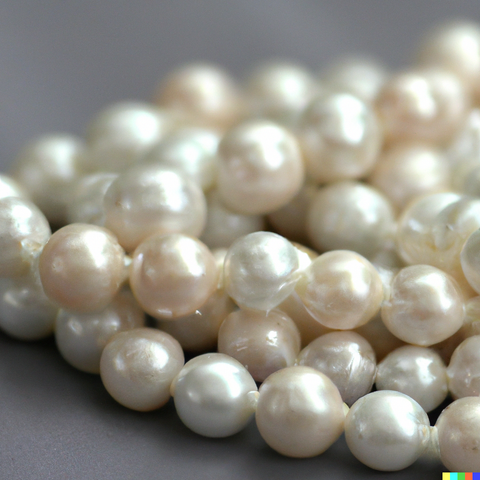
History of Natural Pearls:
The history of natural pearls dates back to ancient times and can be traced to the Persian Gulf, Red Sea and Indian Ocean. These were the regions where natural pearls were first discovered and harvested. In ancient times, pearls were a symbol of prestige and power, only the wealthy and the powerful could afford them. Natural pearls were initially used as adornments by the elite and wealthy families. The value of natural pearls was so high that it became the currency value. They were used in trading along trade routes and were considered a luxury item.
The Queen of Sheba, Cleopatra, and Caesar were believed to own pearl jewelry and used them extensively in their costumes. In the 19th century, the demand for natural pearls reached a peak. However, it was difficult to find enough supplies of the luxury gemstones to meet the demand. With the advent of cultured pearls, the natural pearl industry faced a significant decline as the cheaper cultured pearls flooded the market. Today, natural pearls are rare and highly valued, with some fetching millions of dollars at auction.

Formation of Natural Pearls:
Natural pearls are formed within the soft tissues of mollusks, predominantly oysters. The process begins when a foreign substance, such as a piece of shell, sand or parasite, enters the mollusk's soft tissue. The mollusk responds by producing a substance called nacre around the foreign substance.
Over time, layers of nacre are added to the nucleus, producing a pearl. The nacre layering process is slow and steady and can take up to seven years to produce a pearl of significant size. The time taken for a pearl to form depends on various factors like temperature, humidity, water salinity, and the health of the mollusk.
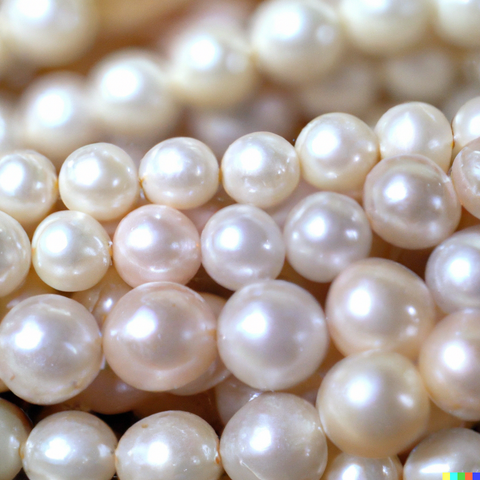
Classification of Natural Pearls:
Natural pearls have a grading system that is based on several factors. The most notable of these are:
- Shape - Natural pearls come in various shapes, including round, oval, tear-shaped, button-shaped, and baroque.
- Size - Pearls can range in size from a few millimeters to over 20 millimeters in diameter.
- Color - Natural pearls have a wide range of colors, including white, pink, gold, silver, green, and black. The color of a pearl is usually determined by the type of mollusk and the water conditions where it was grown.
- Luster - The luster of a pearl refers to its sheen or shine. Pearl collectors and investors consider high luster pearls to be the most valuable.
- Surface quality – The surface quality of a natural pearl refers to the number of blemishes, pits, and other imperfections that it has.
- Origin - Natural pearls can be harvested from various locations around the world. Some of the most notable locations are the Persian Gulf, Red Sea, and Indian Ocean.

Cultural Significance of Natural Pearls:
Natural pearls have held significant cultural and historical significance throughout the centuries. Their beauty, rarity, and symbolism have made them highly prized among people of various cultures and backgrounds worldwide. Some of the most notable examples of natural pearl use throughout history include:
- Royalty and Aristocracy - Natural pearls were once primarily associated with royalty and aristocracy. Pearls were considered a symbol of wealth, power, and status and were often used to adorn crowns, scepters, and other regal accessories.
- Spiritual Significance - In many cultures, natural pearls have been considered sacred and endowed with mystical powers. In ancient Egypt, for example, natural pearls were believed to bring good fortune, while in India, they were considered a symbol of purity and chastity.
- Fashion - Natural pearls have long been a mainstay of the fashion world. Throughout history, they have been used to create some of the most luxurious, elegant, and timeless jewelry. In the 20th century, natural pearls gained popularity among celebrities, who often wore them on the red carpet, further cementing their position as a stylish and sophisticated gemstone.
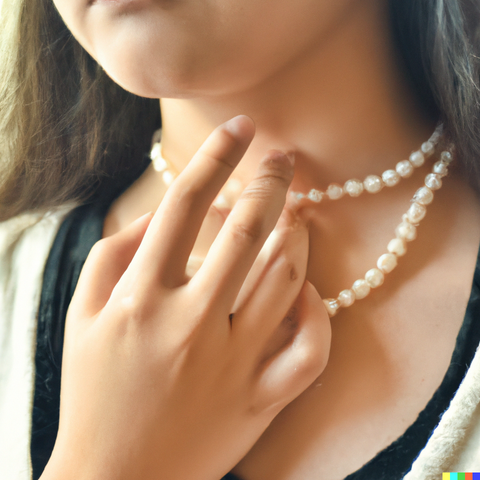
Natural Pearl Jewelry:
Natural pearls are highly sought after by jewelers and collectors who create breathtaking pieces of jewelry using these rare gemstones. The most common types of pearl jewelry include:
- Necklaces - Pearl necklaces are timeless pieces of jewelry that never go out of fashion. These necklaces come in a range of lengths and styles, from delicate single-string pieces to thicker multistrand designs.
- Earrings - Pearl earrings are another type of classic jewelry that never goes out of style. These earrings can be simple studs or more elaborate dangling designs.
- Bracelets - Pearl bracelets are beautiful, elegant, and timeless pieces of jewelry that can be worn on their own or combined with other bracelets to create a layered look.
- Rings - Pearl rings can be a simple and classic statement of elegance. They can also be more elaborate, with intricate settings and additional embellishments.
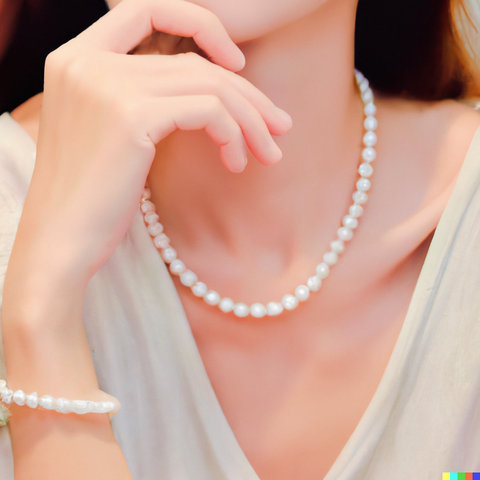
Factors That Affect the Value of Natural Pearls:
Several factors determine the value of natural pearls, including:
- Size - As with most gemstones, larger pearls are rarer, making them more valuable.
- Shape - Although round pearls are considered the most valuable, other shapes, such as oval or tear-shaped, can also be highly sought after.
- Luster – The luster or shine of a pearl is an essential factor in determining its value. High luster pearls are more valuable than those with lower luster.
- Surface quality – Natural pearls with fewer blemishes, imperfections and inclusions sell for more money than those that are poorly shaped or damaged.
- Color - The color of a pearl is an essential factor in determining its value. Ideally, pearls should have a consistent and attractive color.
- Origin - Natural pearls from particular locations, such as the Persian Gulf and Indian Ocean, can be more valuable than pearls from other regions.
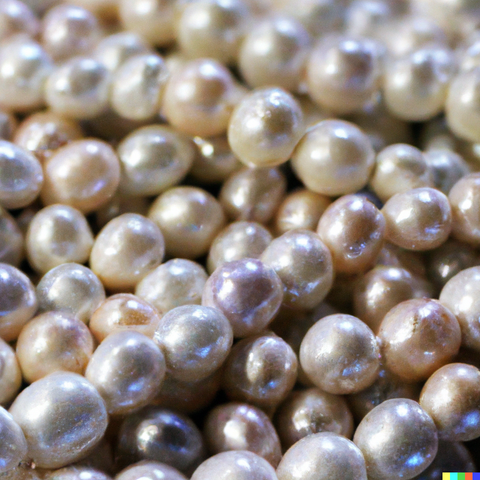
Natural pearls have been coveted throughout history for their rarity, beauty, and symbolism. They have been used to create some of the most luxurious, elegant, and timeless jewelry, worn by royalty, aristocrats and celebrities alike. Although the natural pearl industry has declined in recent years due to the introduction of cultured pearls, their rarity and value continue to make them a sought-after collectors’ item. Natural pearls serve as a reminder that nature can create the most beautiful and precious works of art that man may never wholly replicate. As a gemstone with a rich cultural history and enduring beauty, natural pearls remain highly valued in the world of jewelry today.
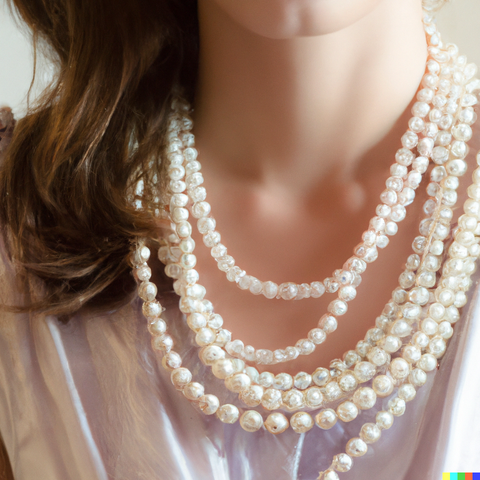



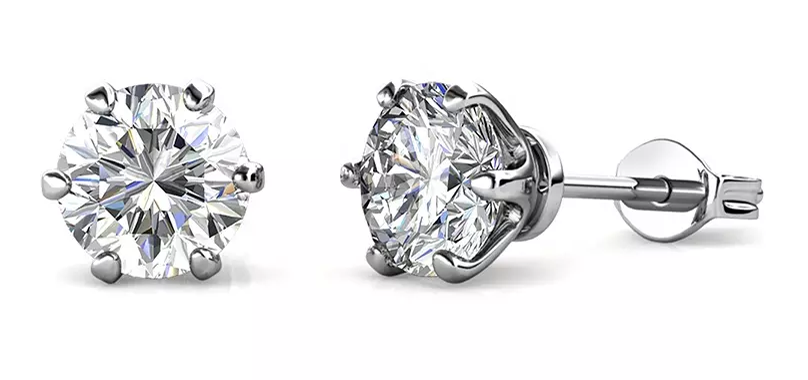
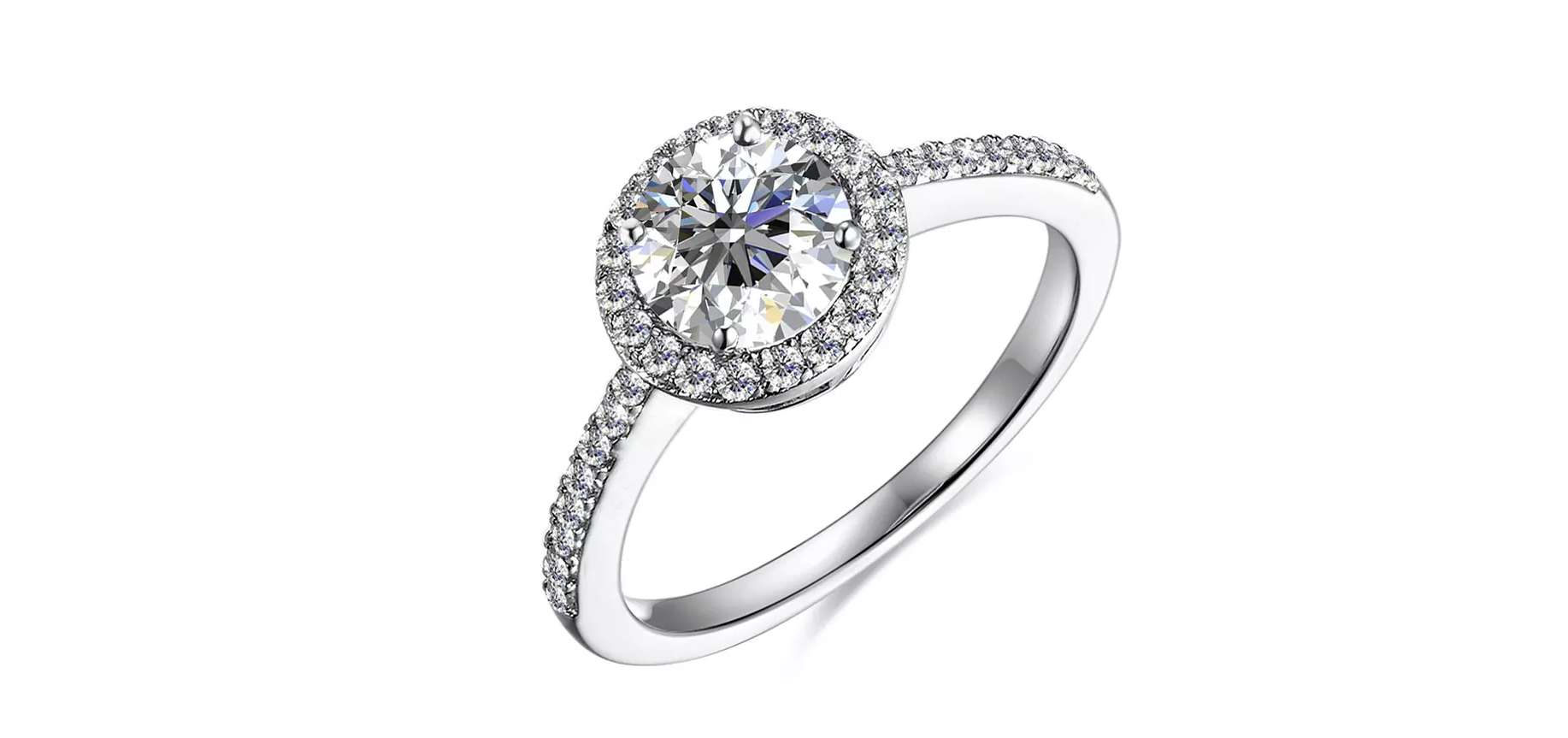
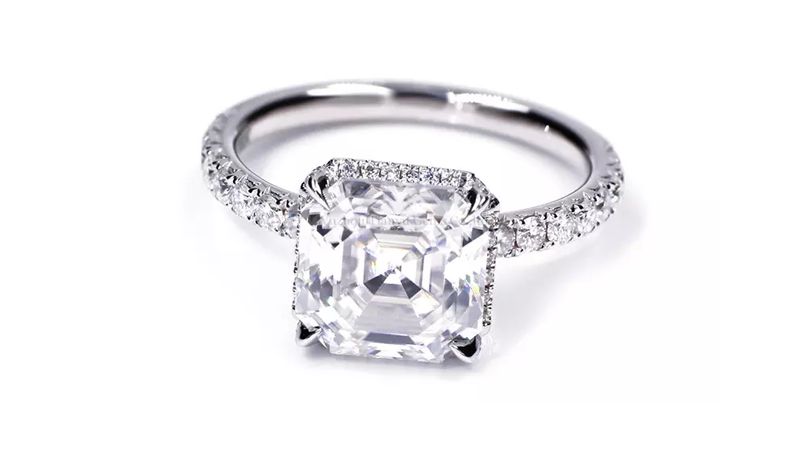
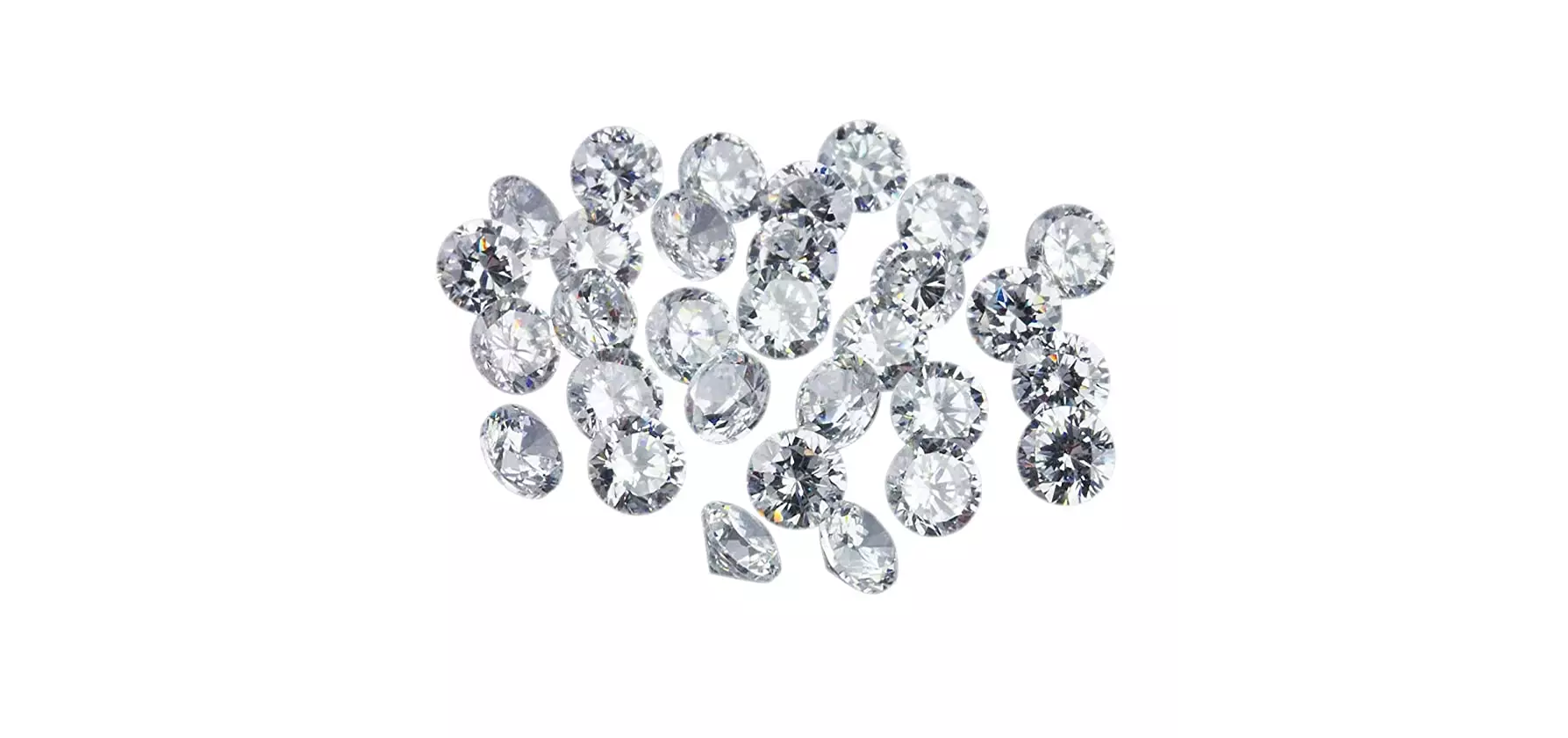
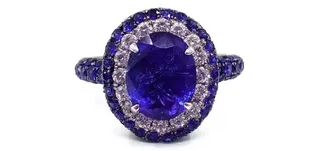
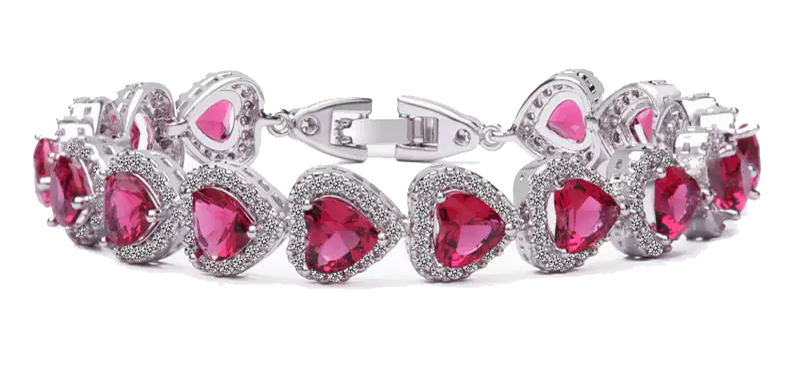
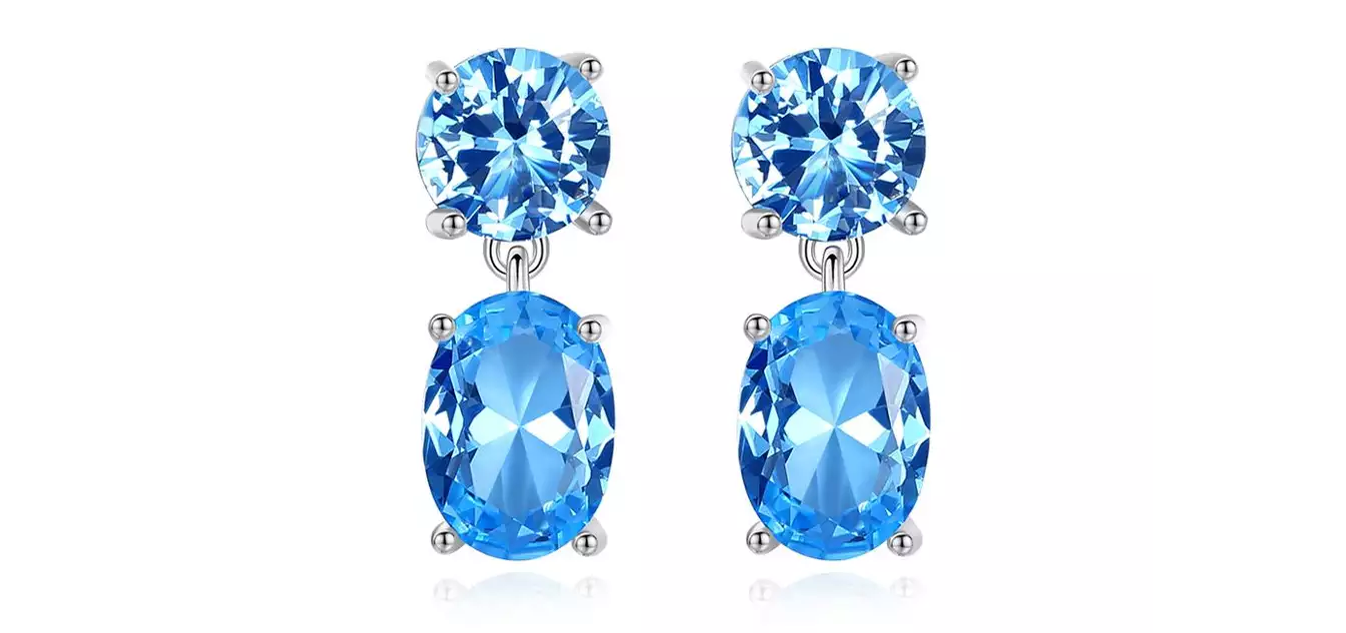
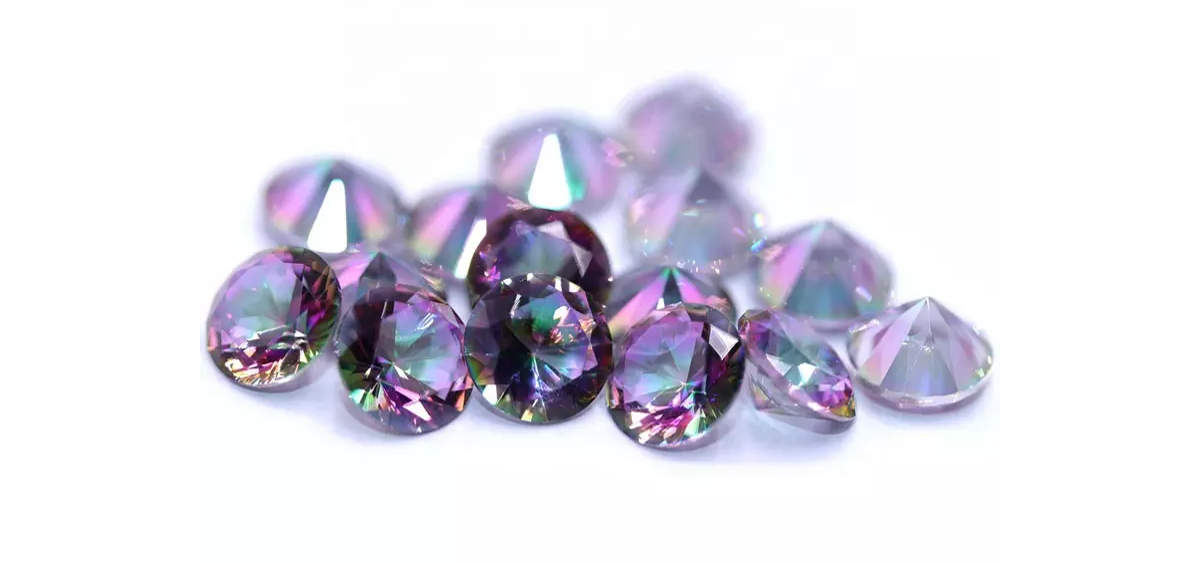
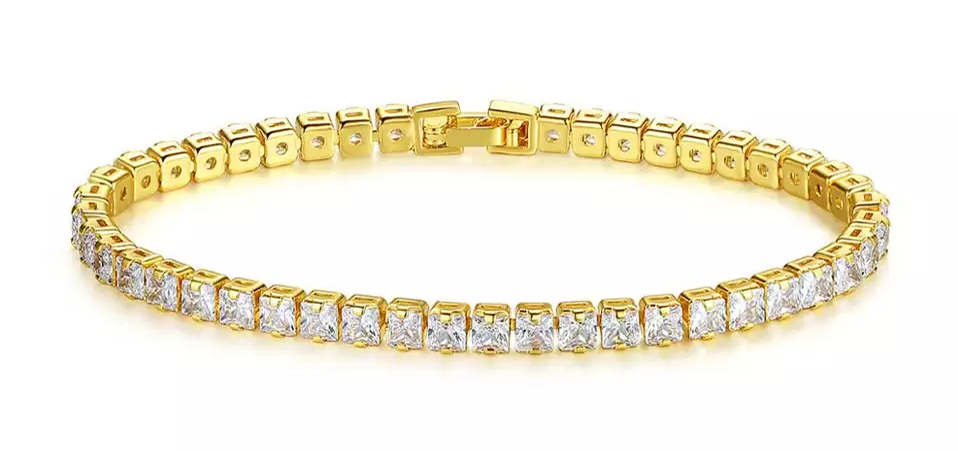
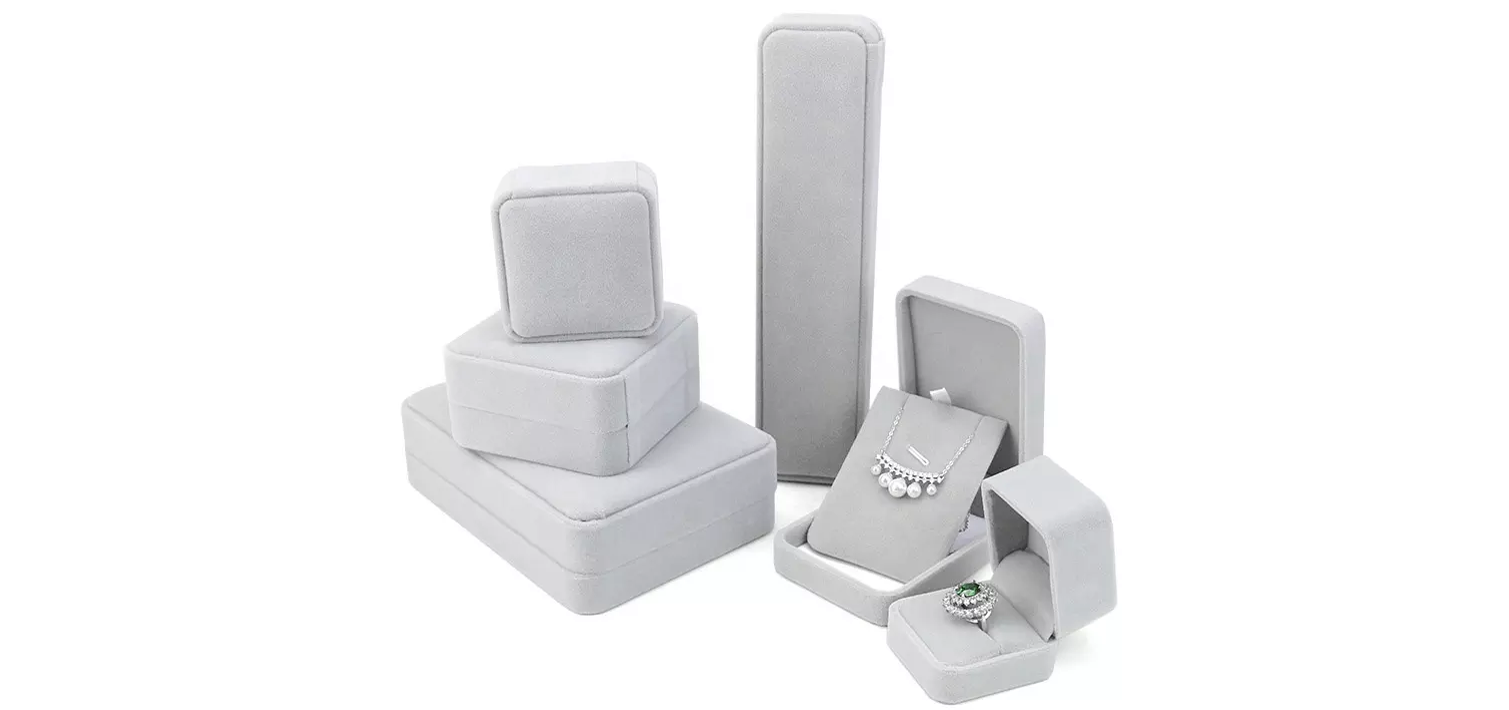
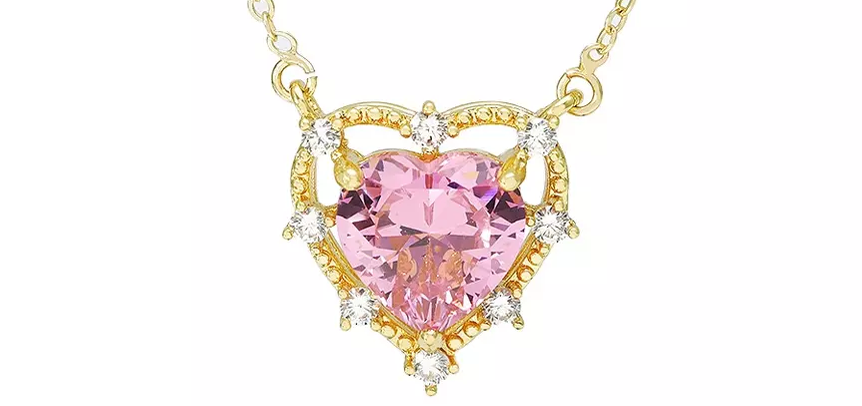

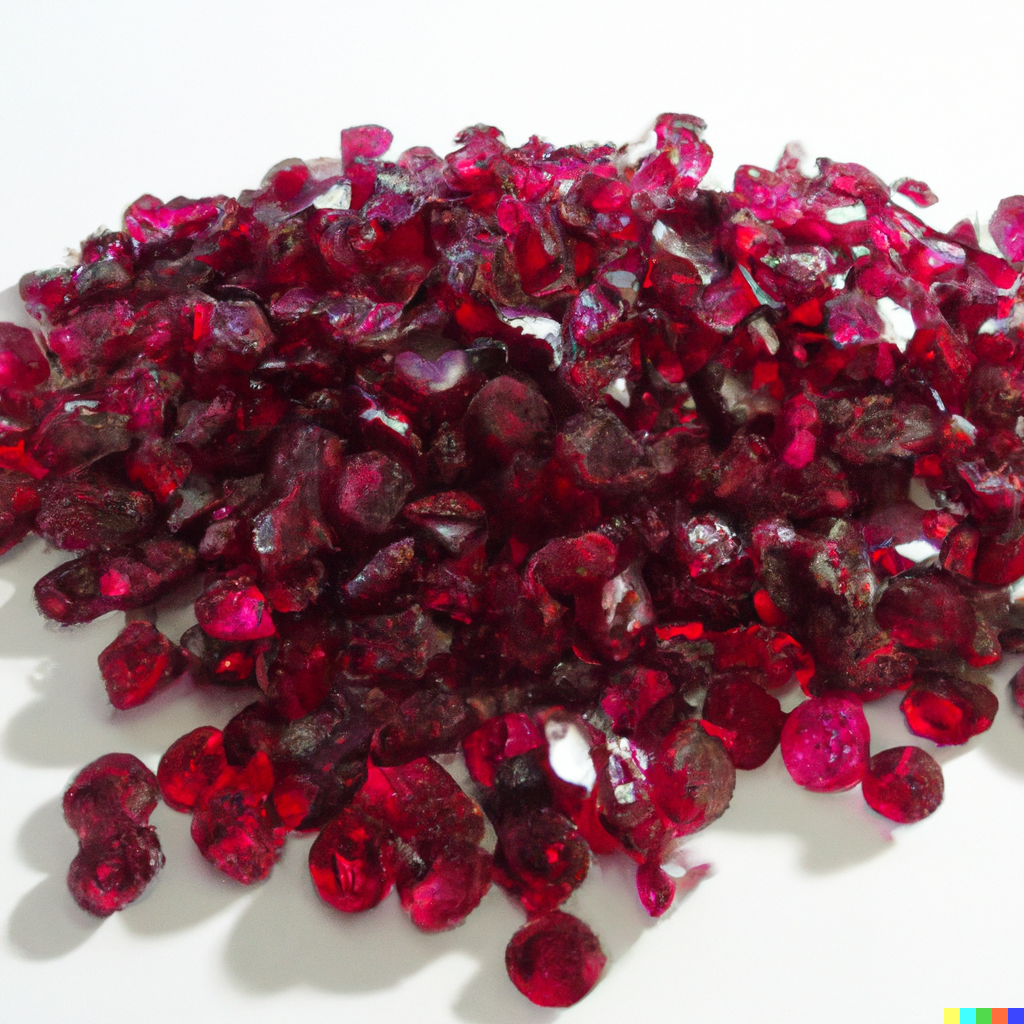

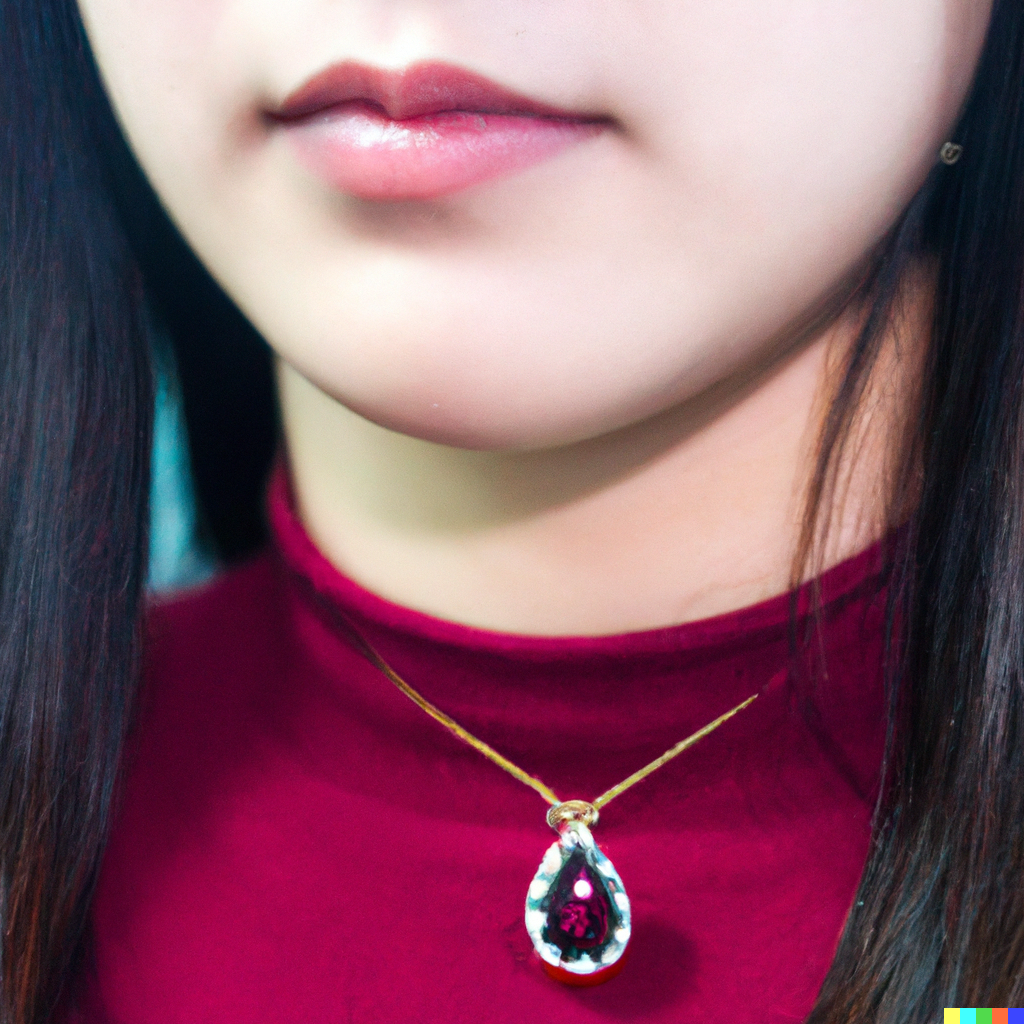
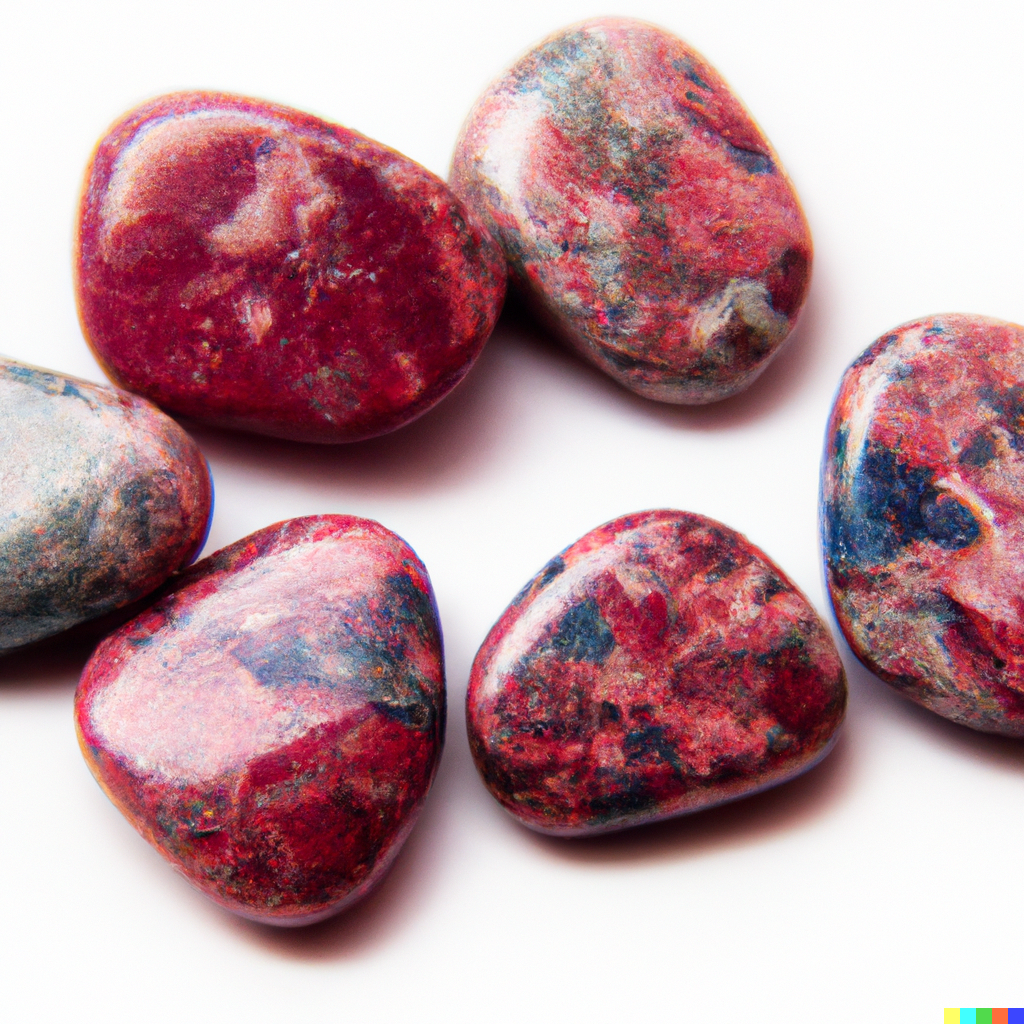
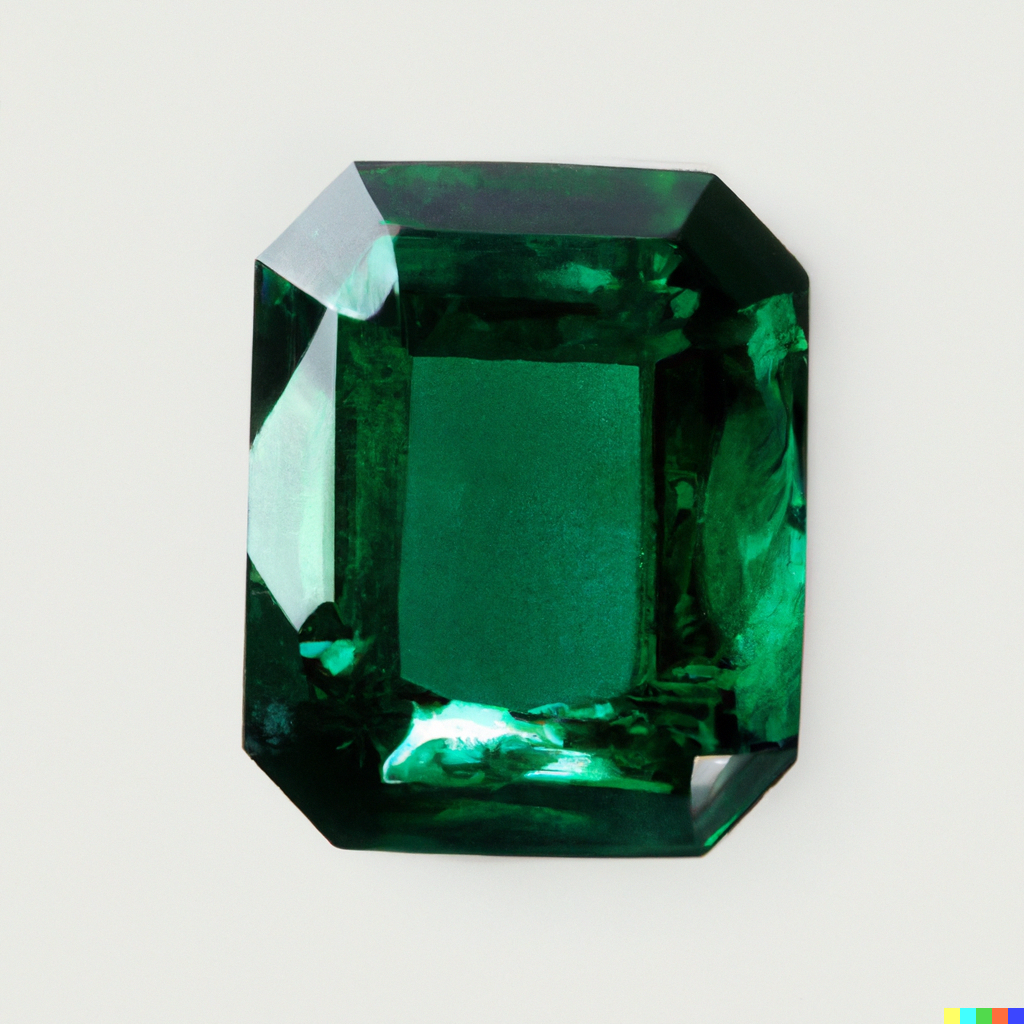
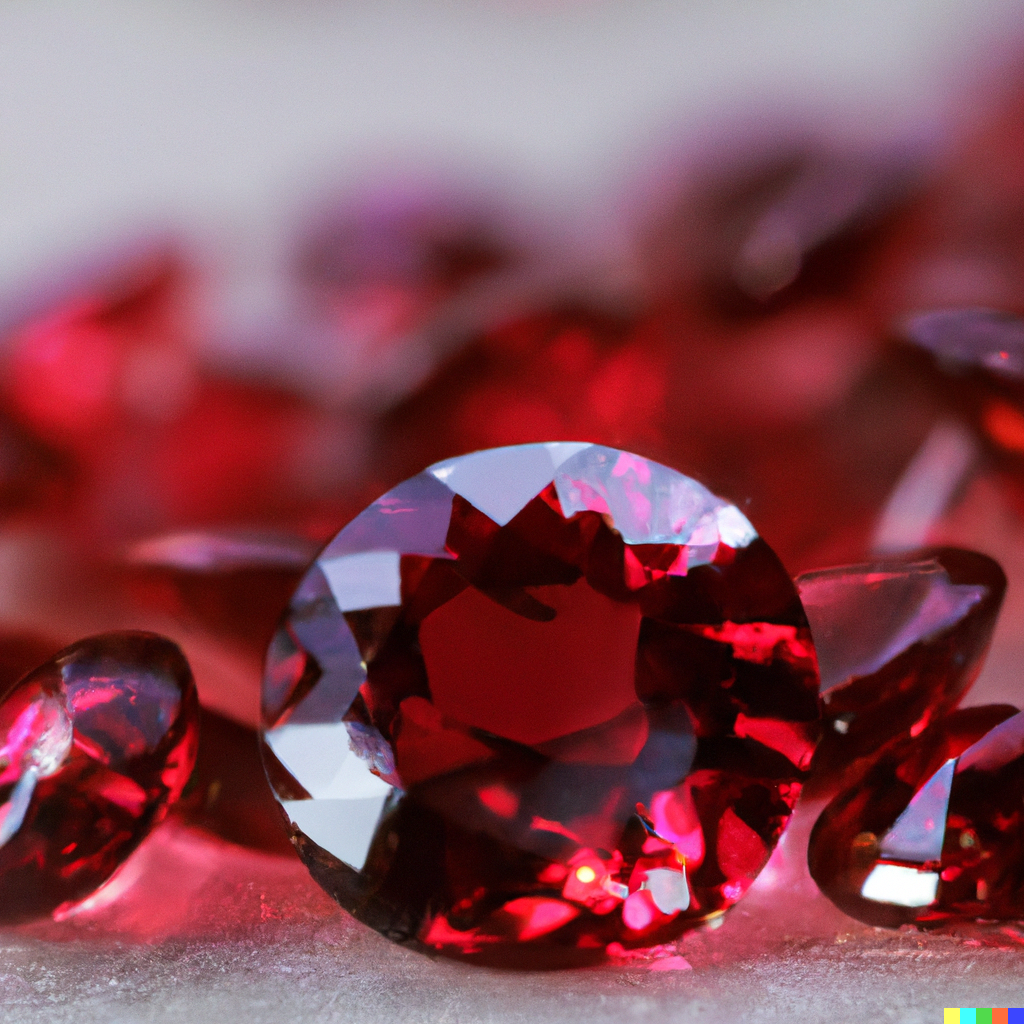
Leave a comment